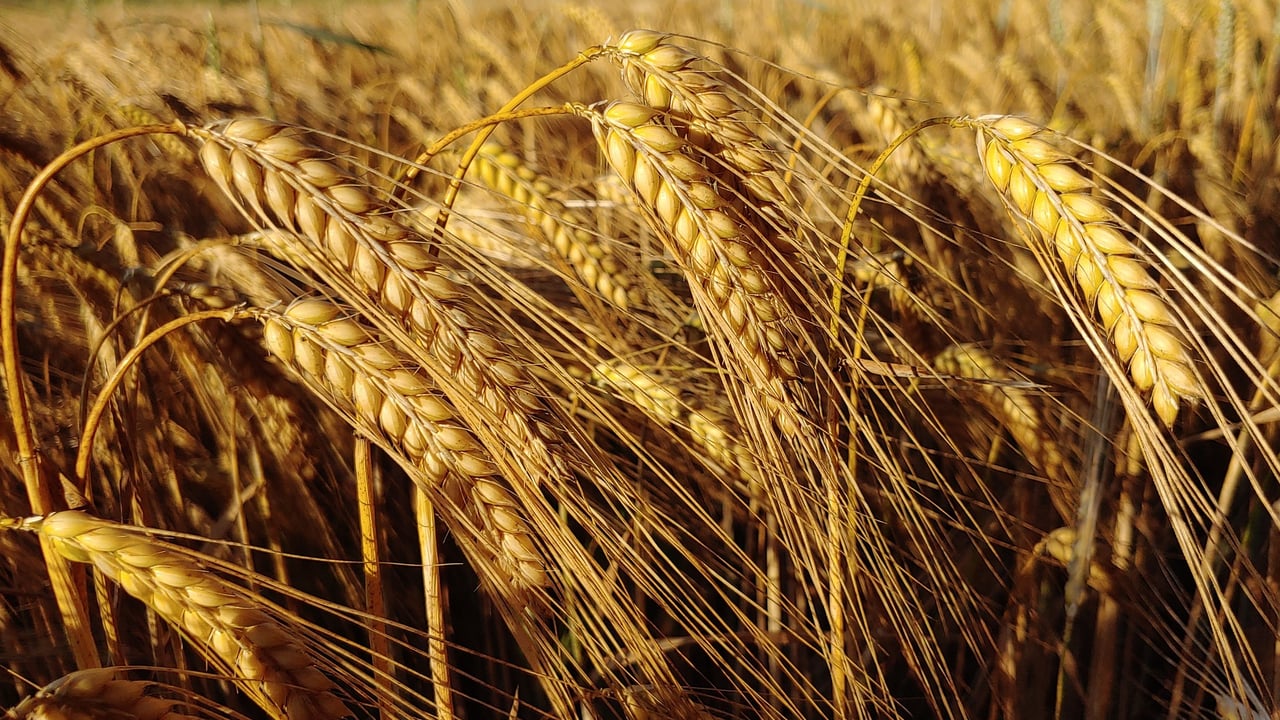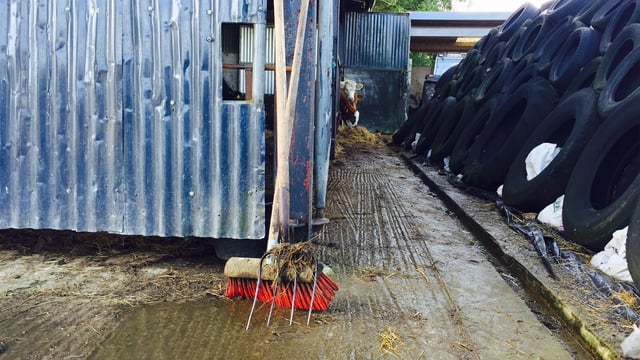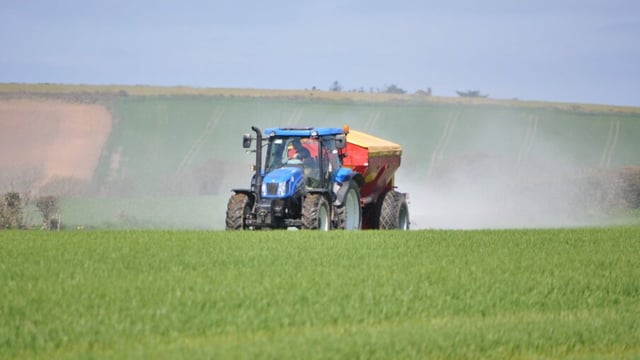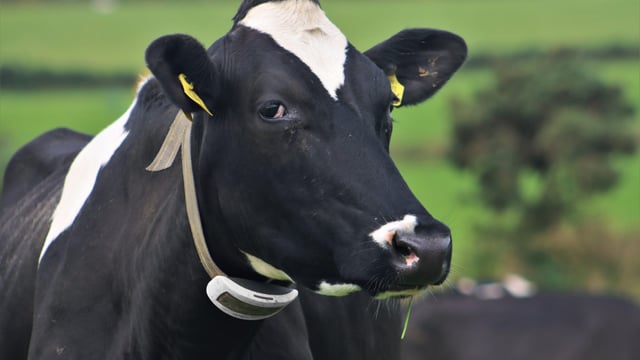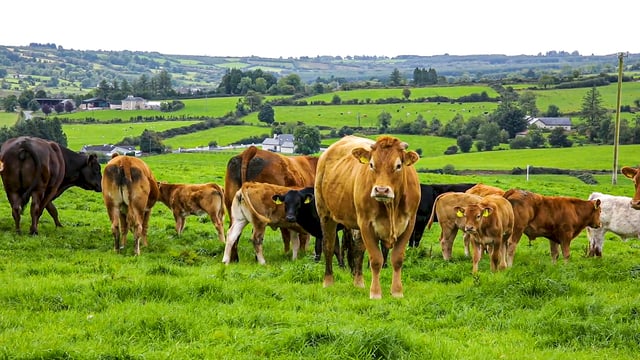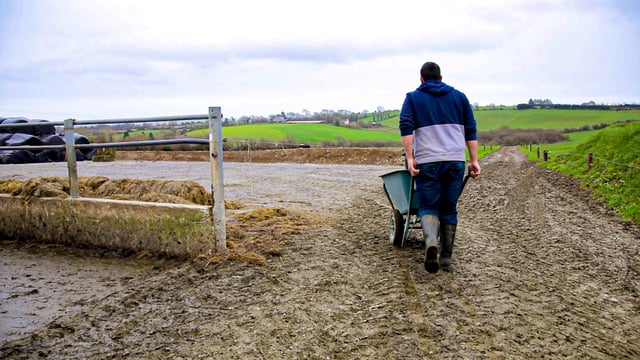Tillage: Now is the last chance to plant spring cereal crops
Farmers wishing to plant spring cereal crops this year have a week, or thereabouts, to get the job completed. Otherwise, yield penalties will be significant.
“The yield potential of cereals drilled after the end of April falls off very quickly,” confirmed Teagacs’s head of crops knowledge transfer, Michael Hennessy.
“But weather has not been an issue at all this year in terms of holding up field work," he added.
Hennessy estimates Ireland’s tillage area has increased by close to 5% in 2021/2022 relative to the previous 12 months.
According to Teagasc, the Tillage Incentive Scheme (TIS) has been a key driver in this regard. Applications for the support measure can be made in tandem with farmers’ 2022 Basic Payment Scheme (BPS) submission up to Monday, May 16.
Spring cereal crops
Spring cereals, forage maize and beet have been the main crops sown out over recent weeks.
But according to Hennessy, protein crops will not be included in the area recognised for the purposes of the TIS.
He said:
The tillage specialist went on to indicate that the area sown to protein crops might well be down slightly, year on year. And this is despite the fact that the actual area payment has been increased from around €250/ha to a guaranteed €300/ha.
“In contrast, there was much less information made available to growers regarding the prospects for protein prices later in the year.”
There is also strong evidence to indicate that a significant number of tillage farmers have applied for the TIS.
A Teagasc survey of 120 farmers, referenced 85% of those participating as being mainly tillage producers, with the other as having livestock and tillage.
The survey results indicated that 25% of those taking part have increased their tillage area by less that 5% for 2021/22. However, close to 50% of participants indicated that they had increased their tillage by between 5% and 10%.
“We won’t get total breakdown of all the relevant figures until the application period for the 2022 Basic Payment Scheme has ended," Hennessy explained.
“In the survey we also asked if farmers had sufficient fertiliser for the season ahead and close to 90% indicated they had sufficient stocks. This is a very positive indicator, as it reflects farmers’ commitment to maximise outputs," he said.

